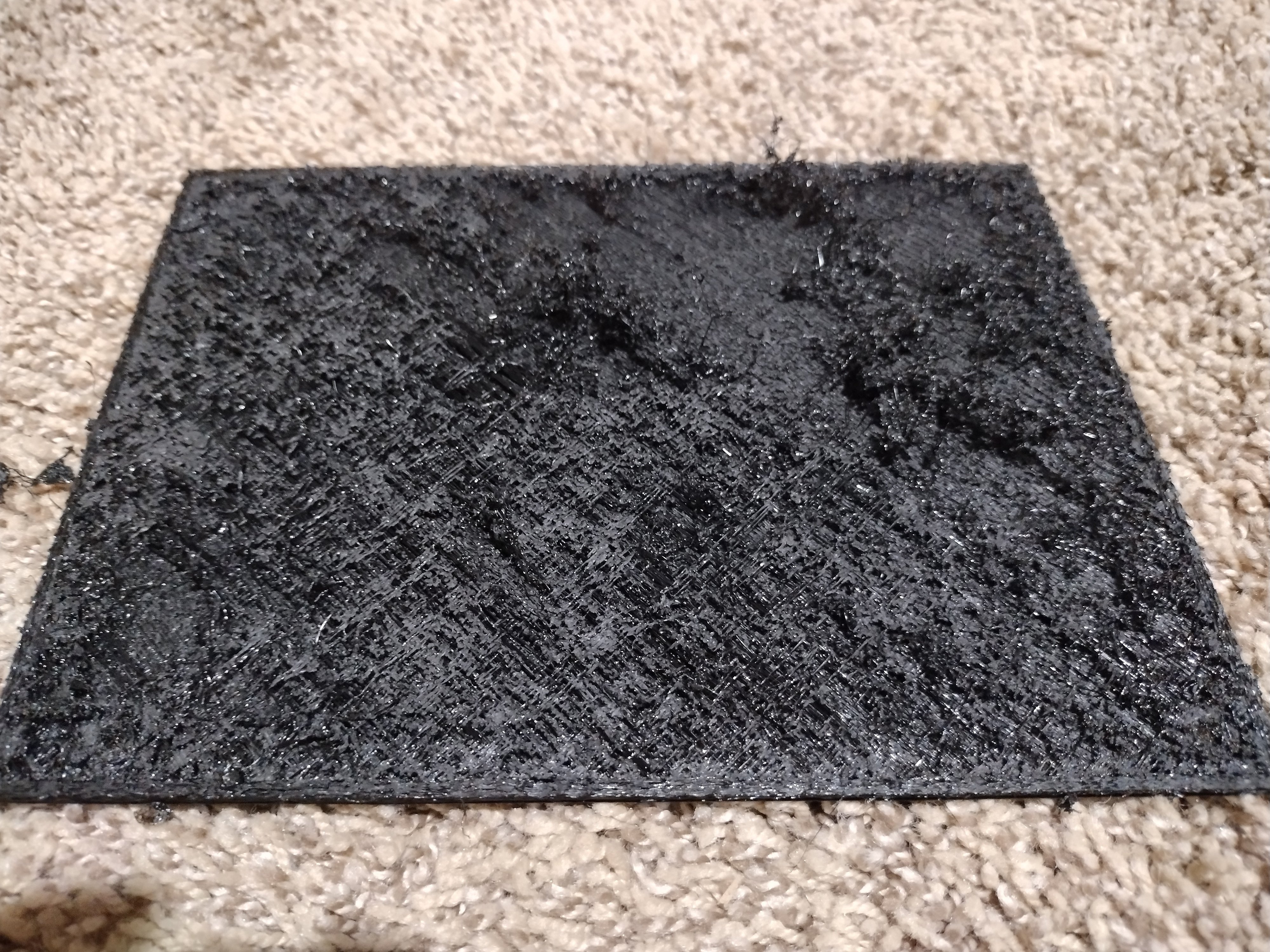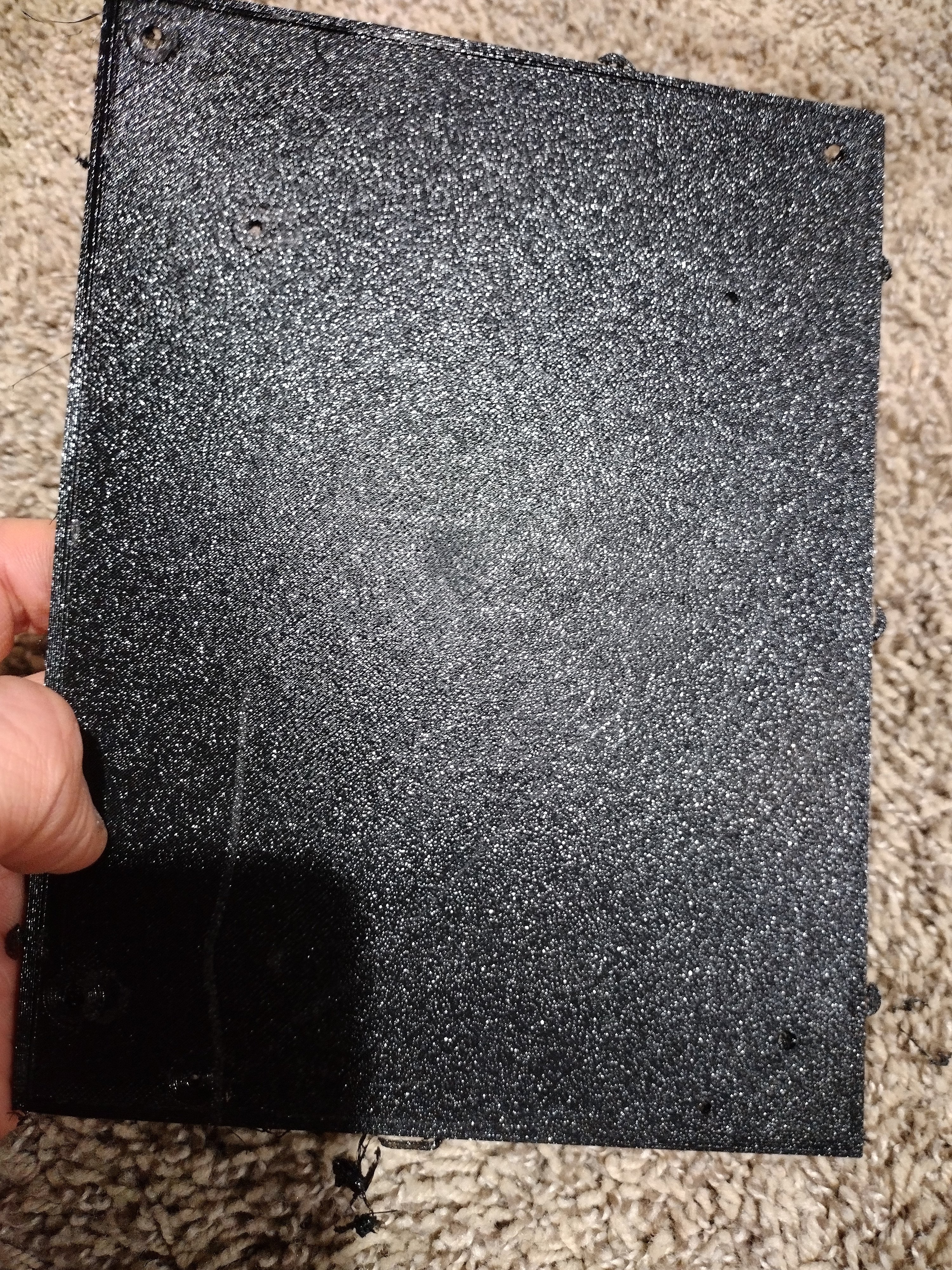Howdy y'all, much like the title says, I'm looking to build a Hypercube. I have what was once upon a time an Ender 3 V1 that I've rebuilt with an Ender Extender kit. I'm not happy with the aggressive ghosting I get from the 400x400 bed so I wanted to cannibalize the electronics and build the frame from scratch. I was also planning on keeping the bed since it's got a stick on heater and thermistor that'll work well with the new setup. Hotend too, probably, since it's an all metal Micro Swiss.
Any gotchas to look out for? I know belt tension is a biggie once I get it together, but any gotchas to look out for in the build process?
I'm not too nervous about throwing together a custom firmware for this, it's not my first custom firmware and I'm a software guy by trade so it's pretty straightforward for me.






One option is 3D printing a mold to fill with silicone sealant. If this is a part that fails regularly, the mold may be worth it. You then have a pretty broad array of food safe sealants you could use and don't have to worry about your 3d printed part harboring bacteria.